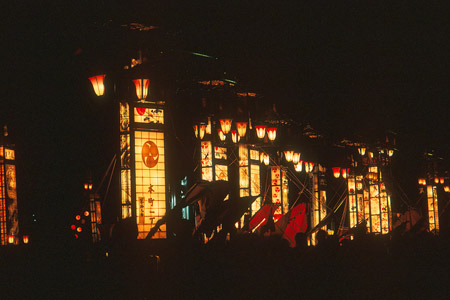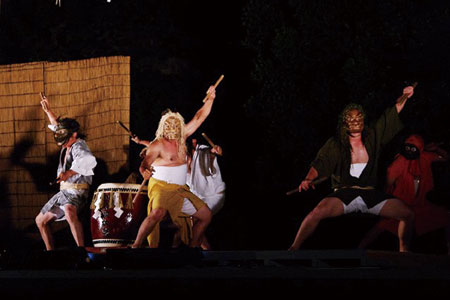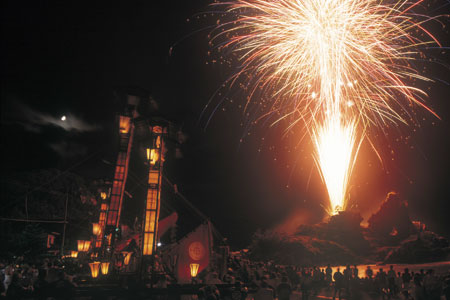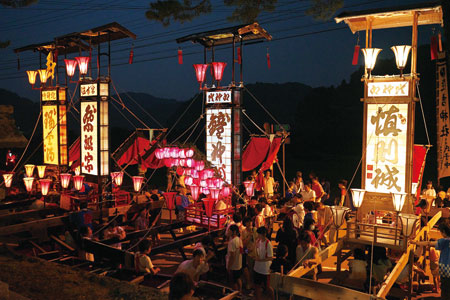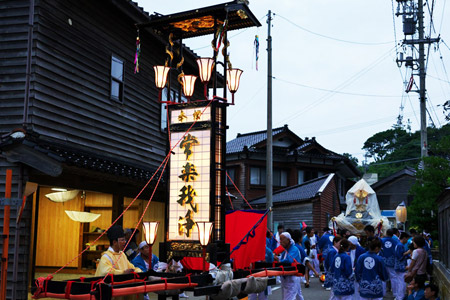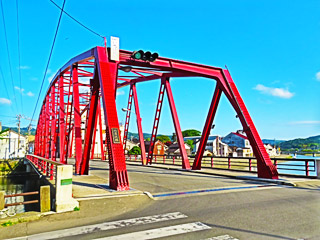Wajima City, located at the tip of the Noto Peninsula, is famous for its morning market. Every morning, about 200 stalls line the street and visitors are greeted by shouts of “Kote kuda!” (“Please purchase our products” in the local dialect) Visit Shiroyone to the east of the city to see terraced rice paddies. In the Sosogi area, you can see the historical residences of old families. Wajima has a wide range of attractions for you to discover!
Stroll around the city area of Wajima
Enjoy shopping in the bustling atmosphere of the morning market, and visit the museum to learn about the techniques of Wajima lacquerware, a celebrated traditional craft of Ishikawa Prefecture.

This morning market has a history of over 1,000 years. Fresh vegetables, seafood and delicacies are for sale. Enjoy shopping while negotiating prices with the vendors.
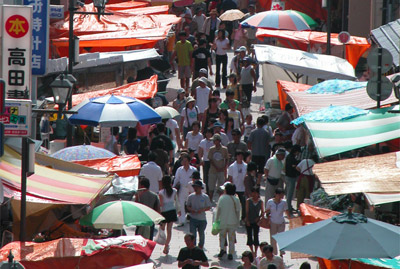
This street connects the morning market and Juzo Shrine. It is lined with many merchant houses and craftsmen’s houses.
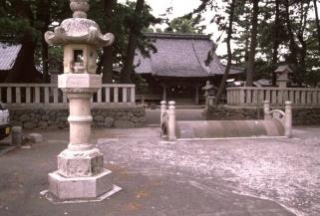
The deity of the Wajima city area is enshrined here. It is said to have been constructed in the age of Emperor Sujin (first century BC).
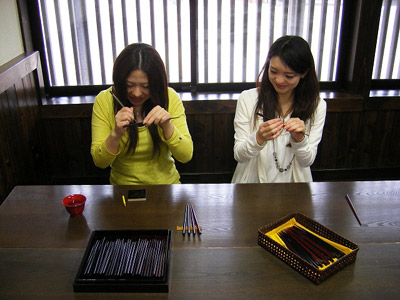
You can observe the lacquerware-making process in craftsmen’s studios. It is also possible to experience maki-e and chinkin decoration on a lacquered piece.

Footbath adjacent to Wajima Kobo Nagaya Take a rest while having a relaxing footbath.

About 30 types of kiroko lantern floats are exhibited here. You can feel the atmosphere of the festivals in the festival music.
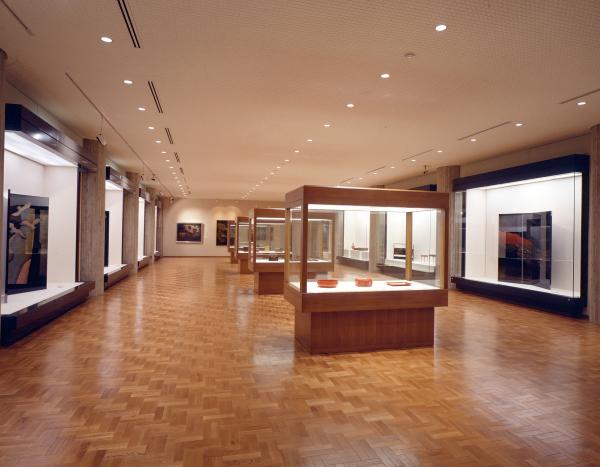
This is the only museum in the world that is devoted exclusively to lacquerware. It features works of living national treasures, as well as masterpieces of Wajima lacquerware. There are also exhibits that present lacquerware culture from all over the world.
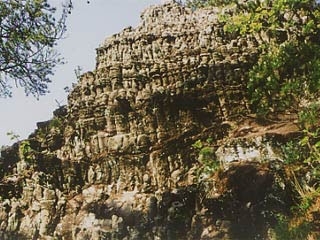
You can see a stone wall with mysterious patterns when climbing along the Iwakura-yama promenade. The columnar joints of rhyolite that have developed on the wall look like many carved stone statues.
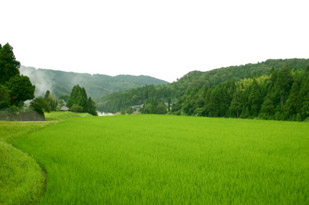
The satoyama scenery of this area is just like the original rural landscape of Japan. In addition, the area is dotted with historical temples and shrines such as Kanakura Temple, which has a very old tree in its precincts, and Keiganji Temple, which was constructed in 1473.
Access from Tokyo
- Noto Satoyama Airport▶ Furusato taxi ▶ Wajima City
- Hokuriku Shinkansen ▶ JR Kanazawa Station to Wajima City by express bus ▶ Wajima City
Recommended link
Sightseeing
Food
Accommodation
Public Accommodation
Guesthouses belonging to Ishikawa Prefecture Guesthouse Association

